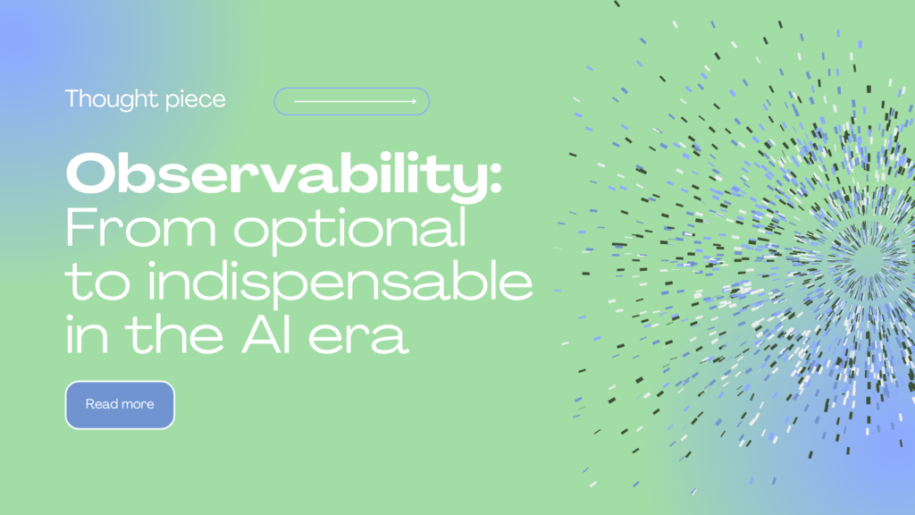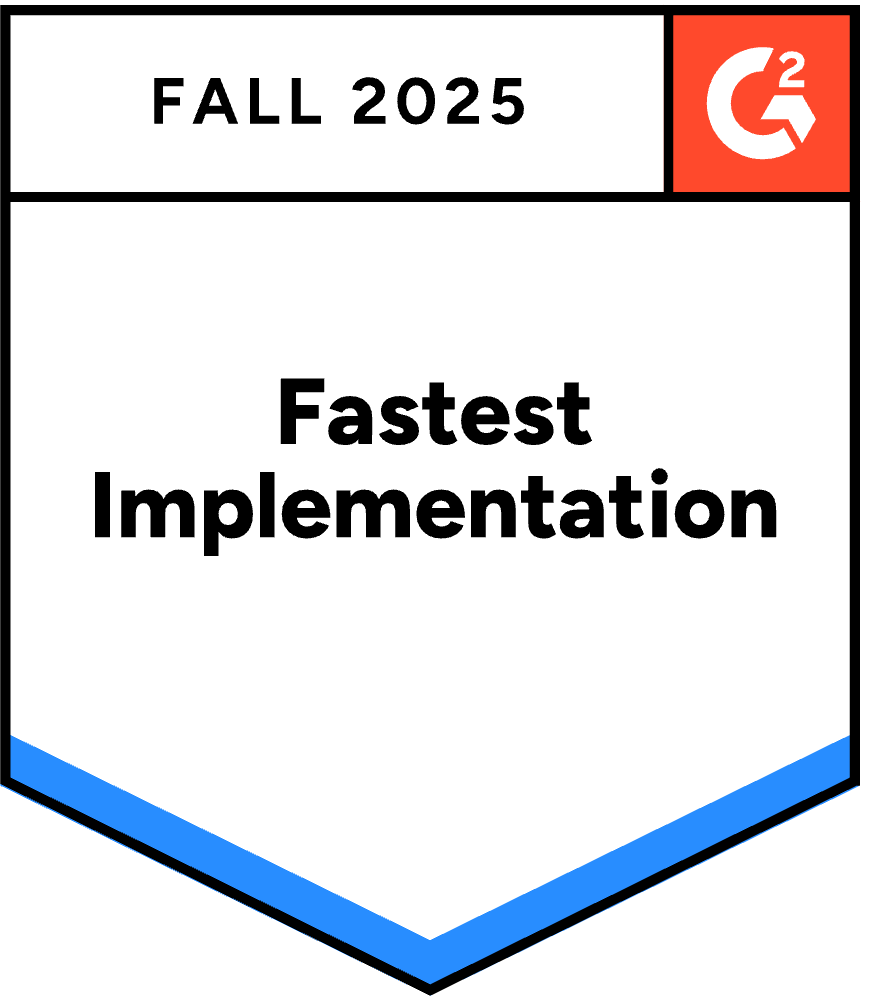Observability: From optional to indispensable in the AI era
A significant paradigm shift is underway in the rapidly evolving landscape of IT operations. Once relegated to the realm of “nice-to-have” features, observability has emerged as an absolute necessity in modern systems. This transformation is driven by the convergence of two powerful forces: the increasing complexity of our digital infrastructure and the rise of artificial intelligence in troubleshooting.
The advent of distributed systems, microservices architectures, and cloud-native applications has created a level of complexity that traditional monitoring approaches cannot handle. In this intricate web of interconnected services, pinpointing the root cause of an issue has become akin to finding a needle in a haystack. Enter observability – the ability to infer a system’s internal state from its external outputs.
Observability goes beyond mere monitoring. It provides a depth of insight and context that is crucial for understanding the behavior of complex systems. Observability tools offer a holistic view of an application’s performance and health by collecting and analyzing metrics, logs, and traces. This comprehensive perspective is invaluable for human operators and increasingly for AI-driven troubleshooting systems.
As AI becomes more prominent in IT operations, particularly in areas like anomaly detection and initial problem identification, the importance of high-quality observability data cannot be overstated. AI algorithms are only as good as the data they’re trained on and fed. Robust, comprehensive observability data is the foundation upon which these AI models are built and refined.
Moreover, observability data provides the raw material human experts need to verify and contextualize AI-generated insights. In a world where AI is increasingly making initial assessments, the ability of human operators to drill down into the underlying data is crucial for maintaining oversight and accountability.
The synergy between AI and observability is reshaping the troubleshooting landscape. AI can sift through vast amounts of observability data at speeds impossible for humans, identifying patterns and anomalies that might otherwise go unnoticed. Meanwhile, observability provides the context and granularity for AI systems and human experts to make informed decisions about system health and performance.
As we move further into the AI era, the role of observability will only grow in importance. It’s becoming the bedrock upon which effective IT operations are built, enabling proactive problem-solving rather than reactive firefighting. Organizations that invest in robust observability practices today are not just solving current operational challenges – they’re future-proofing their IT operations for the AI-driven landscape of tomorrow.
In conclusion, the journey of observability from an optional extra to an indispensable component of IT operations reflects the broader evolution of our digital infrastructure. As our systems become more complex and AI plays an increasingly central role in managing them, the ability to observe, understand, and act upon system behavior in real-time using tools like FusionReactor is no longer a luxury – it’s a necessity for staying competitive and ensuring reliability in the digital age.










